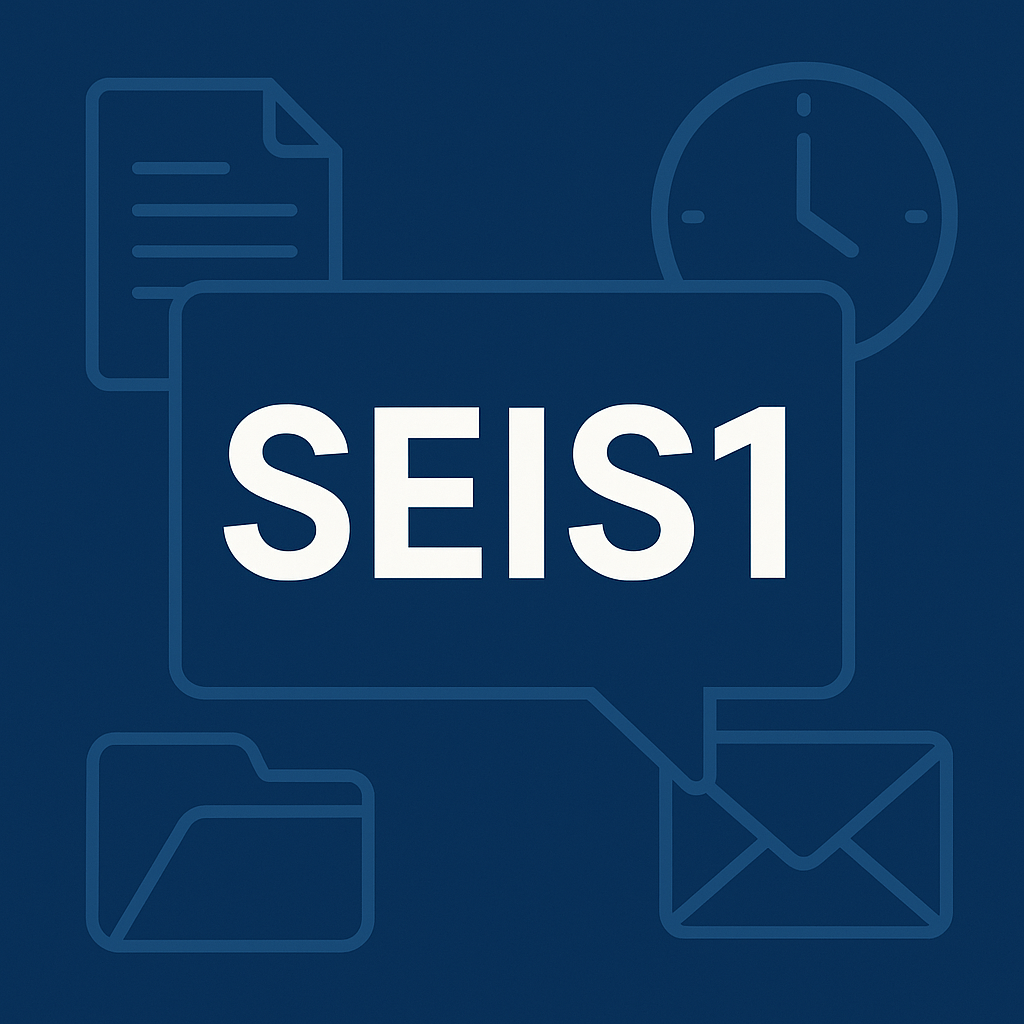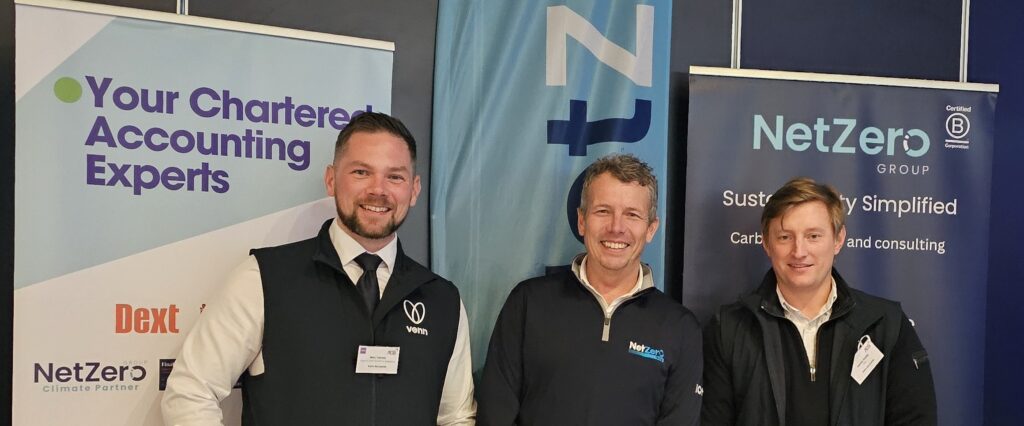Employment allowance is something every business with employees contributing National Insurance should be aware of. With employment allowance liable to change in any given year, companies should be keeping abreast of it – or at the very least, enlisting the help of a chartered accountant who can do on their behalf.
Let’s take a closer look at rates, eligibility, and how to claim employment allowance as a welcome reduction to your business’s annual National Insurance bill.
What does employment allowance mean?
Employment allowance refers to a UK tax relief scheme that applies only to small businesses. It’s designed to support them by reducing their National Insurance liability and therefore cutting their employment costs.
The system has existed since 2014 to provide relief for eligible employers, though the threshold has changed since.
The allowance works in a similar manner to personal income allowance in that the amount up to the threshold is discounted, so only the excess on the business’s NI bill must be paid.
The relief can be claimed year on year.
For many small businesses with employees, employment allowance is a relatively small scheme that nevertheless provides some welcome support.
Who qualifies for employment allowance?
Only small business entities with employees qualify for employment allowance. This is the most basic overarching requirement – there are further specifications as to the nature of the business itself, the work it does, and the employees it pays (and how much it pays them).
Accountants who regularly deal with employment allowance claims will know these factors well, but for those new to the scheme, it pays to check the guidelines on the GOV website.
Eligibility factors include:
- You as the business owner are a registered employer
- Your business exists as a sole trader, partnership, or limited company
- You have more than one employee paid above the Class 1 National Insurance secondary threshold
- The employer’s Class 1 National Insurance liabilities total less than £100,000 for the previous tax year
- A limited company employs only directors and at least two of those directors earn above the secondary threshold for Class 1 National Insurance contributions
Regarding the Class 1 National Insurance secondary thresholds for employees, the weekly thresholds respective to tax year are:
- £166 for 2019 – 2020
- £169 for 2020 – 2021
- £170 for 2021 – 2022
- £175 for 6th April 2022 – 5th July 2022 and 6th July 2022 – 5th April 2023
The corresponding monthly thresholds are:
- £719 for 2019 – 2020
- £732 for 2020 – 2021
- £737 for 2021 – 2022
- £758 for 6th April 2022 – 5th July 2022 and 6th July 2022 – 5th April 2023
Employment allowance can be claimed for the previous four tax years, though changes in rules should be noted as this may alter the claim for one year from another.
Payments to off-payroll workers like contractors – known as ‘deemed payments’ – do not count towards your £100,000 threshold, and employers’ Class 1 National Insurance liabilities on these payments should not be factored in. Your accountant should know this, but business owners may want to bear this in mind.
Government specifications state that employment allowance cannot be claimed if your business is a public body, or if its functions are ‘wholly or mainly’ of a public nature (unless you’re a charity). This means that more than 50 per cent of your work is carried out in or for the public sector.
For instance, non-eligible claimants can include:
- NHS services
- Prison services
- Services for a local council like managing housing or refuse collection
- GP services
- Collecting debt for a government department
However, you are deemed not to be providing services of a public nature if you:
- Support a public building, like offices for government bodies, with security or cleaning services
- Supply IT services for government or local council offices
Educational institutions can claim if they are private businesses or charities.
Employing domestic staff such as gardeners and cleaners is not eligible for employment allowance because these roles are employed on a personal basis to help the running of a household as opposed to the function of a business entity.
Understanding employment allowance eligibility can be complicated. Public authorities are not eligible unless they hold charitable status. Though NHS services cannot claim, independent pharmacies that dispense NHS prescriptions are eligible.
Using the help of a chartered accountant takes the mathematics out of knowing your business’s eligibility. Accountants can size up your business functions at a glance and know what your allowances are.
How do you claim employment allowance?
Employment allowance isn’t automatically applied, so claims need to be made specifically to HMRC.
An employer payment summary (EPS) must be made and sent to HMRC. This will apply the reductions to what you owe as outlined in your full payment submission (FPS). An EPS will be needed each time you want to claim the relief in coming tax years, and one is needed for every previous year you wish to backdate a claim for.
Claims can be made at any time during the tax year when making your Real Time Information (RTI) submissions to HMRC. From then onwards, you’ll pay a reduced amount of NICs until you’ve met the tax year’s employment allowance threshold. Employers using payroll software may find that it’s as simple as ticking a box in the program, whereas those using paper returns will notify their intent to subtract the allowance on the form.
The allowance’s value must then be subtracted before making any actual payment is made to HMRC.
If the claim is made too late to reach the maximum amount within the same tax year, HMRC can still help by refunding or offsetting elsewhere.
How do charities claim employment allowance?
Small charities are eligible for employment allowance, but connected charities and charitable trusts may find the rules apply differently for them. For the purpose of the guidelines, community amateur sports clubs fall under charities.
At the beginning of the tax year, if two or more charities are connected but would otherwise be eligible for employment allowance individually, one on of the charities qualifies to make the claim in that year. This is the case so long as the connected charities operate with ‘substantially the same activities’.
In some scenarios, a trustee of your charitable trust may fulfil the rules of being able to control another charity. In these cases, if both charities are the same or substantially the same then only one claim can be made. However, if the purposes and function of the charities or charitable trusts are distinct from each other, both entities are entitled to employment allowance.
Additionally, if less than half of the trustees of one charitable trust are also trustees of another trust that largely serves a similar purpose, both are entitled to employment allowance, owing to the fact that they do not have control of both trusts.
How much is employment allowance for the financial year 2022-23?
The threshold for employment allowance 2022/23 is £5,000, up from £4,000 for 2021/22.
For example, this means that a claim made for the 2022/23 tax year for a business that has a Class 1 NI contribution liability of £5,500 for the year will only need to pay the £500 excess. The £5,000 portion is covered by the employment allowance and applies to the business as a whole.
The differing rates of allowance don’t retroactively apply across all previous years. Since the threshold for 2021/22 was £4,000, a limit of £4,000 can be claimed for that year and not the newest amount of £5,000.
Can I claim employment allowance with other relief?
From April 6 2020, employment allowance became ‘de minimis’ state aid.
This was repealed on December 31 2020 as part of the UK’s withdrawal from the EU by the State Aid (Revocations and Amendments) (EU Exit) Regulations 2020.
Businesses that make and/or sell goods and services and receive employment allowance do so as de minimis state aid. There is a threshold to the amount of state aid that can be claimed within a three year period, meaning employment allowance may not be applicable if a business has met the threshold for its sector.
The thresholds (worked out in euros) are:
- €20,000 for agricultural products
- €30,000 for fisheries and aquaculture
- €100,000 for road freight transport
- €200,000 for the industrial sector
If state aid has been claimed before and you’re working out the total once employment allowance has been added, you must use the exchange rate of the previous tax year.
If the business changes ownership before the full amount of allowance is claimed, the claim ends when the transfer of ownership takes place. Therefore, the new business owner can make their own claim up to the threshold, but only set against the secondary Class 1 NICs liabilities for before the transfer of ownership.
Should I use an accountant to claim employment allowance?
Getting the help of a chartered management accountant with your employment allowance claim makes the whole process smoother and easier to understand. Any complications or further information required by HMRC can be handled without fuss and more complicated matters involving National Insurance thresholds and business ownership are better left in the hands of a chartered accountant who understands them.
Making an employment allowance claim also requires diligent record keeping. Records must be kept for a minimum of three years after the end of the tax year in which the claim was made. These records need to show why the business was entitled to the claim, how much allowance was used or repaid, and what liabilities the allowance covered.
Many accountants will be up-to-speed with tools like HMRC’s PAYE tools, which have the process of making employment allowance claims built in. This makes the process of applying using your Real Time Information submissions easy and automatically tracked.
Your accountant will also know how to approach HMRC if there is some allowance still left unclaimed at the end of the tax year, ensuring you don’t miss out due to late claims.
Leaving the claim work in the hands of a trained accountant is the best way to ensure everything is done accurately and correctly.
Who can claim employment allowance for me?
If you want to make the most of employment allowance with minimal stress and confusion, trust a chartered accountant to take it on for you. At Venn Accounts, we use a bespoke approach for each of our clients. We use cloud software to provide a full accountancy service without disrupting business as usual, and we make potentially complex situations like claiming employment allowance a breeze for startups and SMEs.
To learn more about our services and how we can make the financial year flow smoothly, contact us today.






